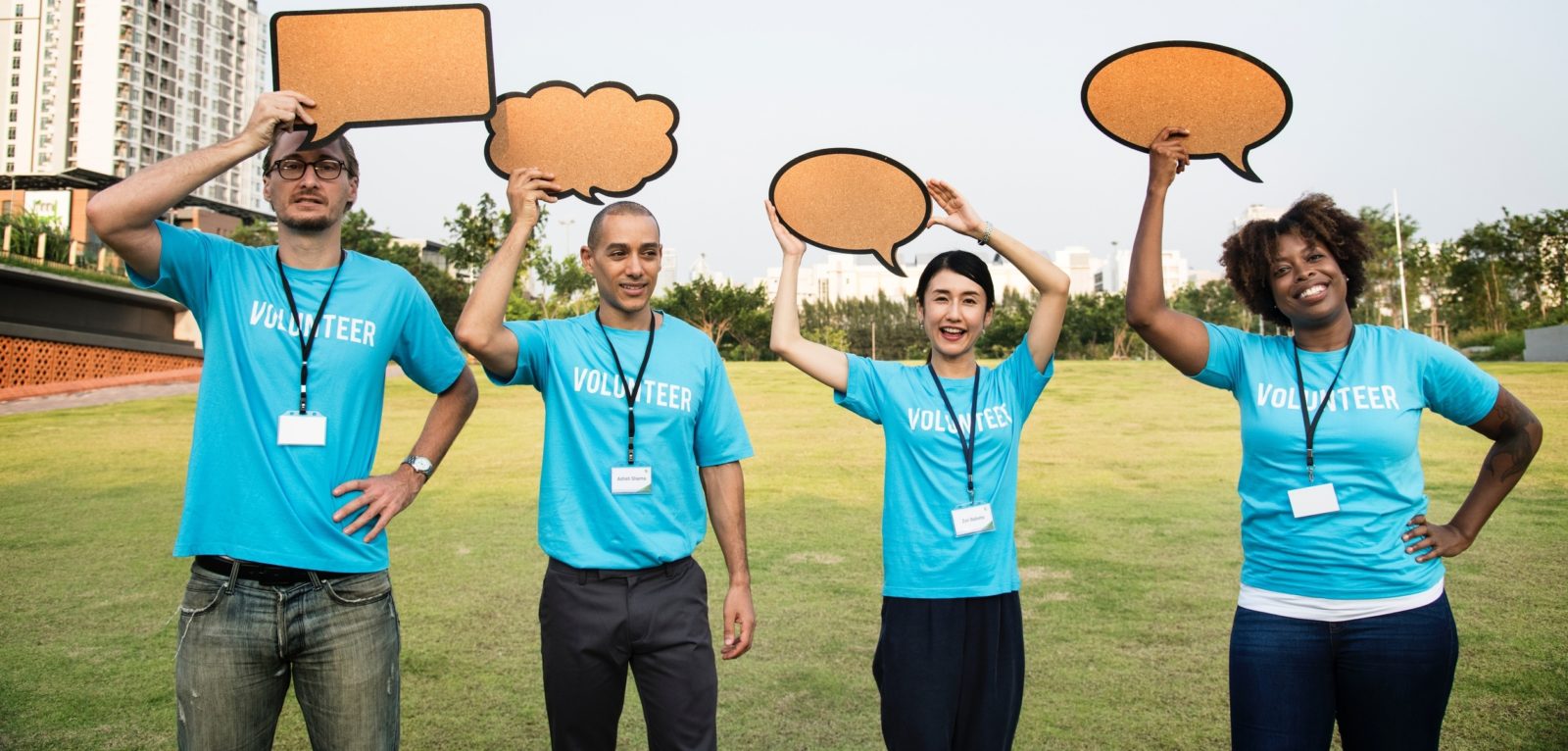How Your Nonprofit Can Get More Volunteers with Social Media
Table of Contents
I still see nonprofit executive directors struggle with social media. Too often, a leader creates a social media account for an organization at a workshop where they’re told they “should” do so. After a few connections and posts, the account becomes the social media equivalent of a ghost town: It exists, but no one lives there.
Of course, effective social media use requires an understanding of the capabilities of each tool or platform. To get started — or for a quick refresher — check out this overview of the major social media networks will help you learn the basics of Facebook, Instagram, LinkedIn, Pinterest, Snapchat, Twitter, and YouTube.
The following practices may help you leverage social media as part of your strategy to engage volunteers.
1. Go where your people gather
Think carefully about which social media network — or networks — will best support the conversations you need to have. For example, if you seek to serve artists, Instagram may be a logical choice, since many visual artists are active there. But if you’re attempting to advocate for artists, Twitter may make sense, since many government officials, elected representatives, and reporters prefer that platform. The platform you personally prefer may differ from the one that best serves your community.
Pew Research Center provides one of the best places to find accurate information about social media adoption and use. Pew not only provides periodic reports on social media adoption, but also examines how different populations, such as teens and older adults, use social media. (Specifically, take a look at Pew’s Social Media Use in 2018 report.)
2. Cultivate conversations and minimize monologues
Think of each platform as a place for a community conversation. A Facebook conversation will, by the nature of the platform, differ from a Twitter conversation. Treat each community as its own place. In the same way that you moderate your words and tone for different physical spaces (e.g., how you talk with a friend in the library may differ from how you talk with colleagues over lunch at work), adjust your language for each platform. Don’t automate most posts and don’t automatically post the exact same content to each platform — unless there’s an absolutely good reason to do so.
Typically, the best conversations are balanced: You listen as much as you speak. Use social media to ask questions and respond to people. Don’t let your stream simply be a series of announcements or links to forms or posts. And make sure that the tone and language you use matches the “voice” of your organization. You can choose to stay positive, personal, and human.
3. Add visuals
Include a photo or video whenever you share information to Facebook, Twitter, or other networks. Studies consistently show that people engage more with content that includes visuals or video. So take out your phone, tap the camera app, then take a photo or record a video relevant to your organization’s work. (Be sure to respect people’s privacy, and to make sure to obtain proper permissions from parents if your visuals include images of children.)
After creating your visuals, a useful step in the video editing process is to consider trimming and adding text to enhance their professional appearance. One option for doing this is through a video editing platform, such as Veed, which also offers a webcam test feature to help ensure the quality of your recordings.
4. Explore professional networks
Next, leverage the LinkedIn networks of your current board leadership. Their professional connections may lead you to people who might be potential volunteers, board members, or donors. These contacts also might open doors for conversations about corporate support, as well.
5. Look nearby
Finally, search for relevant nearby Tweets to discover people who care about your cause. Go to Twitter’s advanced search, enter terms relevant to your organization’s cause in the “Any of these words” text search field, along with your location (a location name or ZIP code). You’ll see nearby Tweets that contain your keywords. For example, a humane society might find nearby people who care about animals, or an environmental organization might locate people nearby who share scientific studies and news. Follow or reach out to these people.
6. Share, Invite, Thank
Social media tools give you new ways to connect with potential volunteers. But the basic principles you use to work with people — in any setting! — still apply. Share the work of your organization in ways that people can see it. Invite people to join in your efforts to accomplish meaningful work. And then thank people personally and publicly (online and in person, if possible) for their help.
House of Blues Foundation increases employee productivity by 15%
Learn how House of Blues is able to better focus on its mission and greatly reduce operational time and effort.






